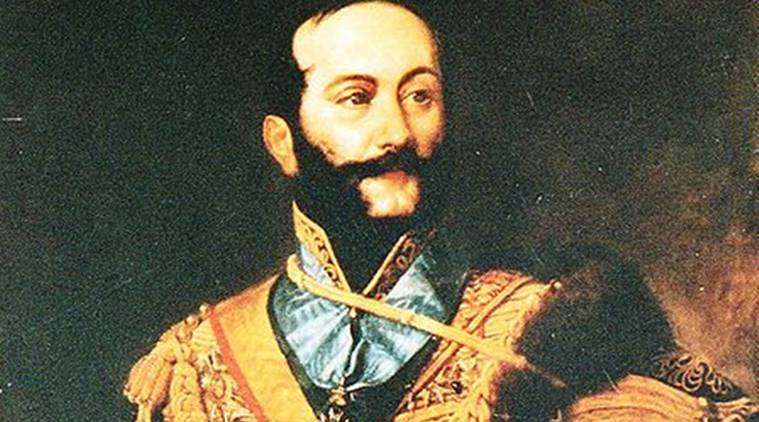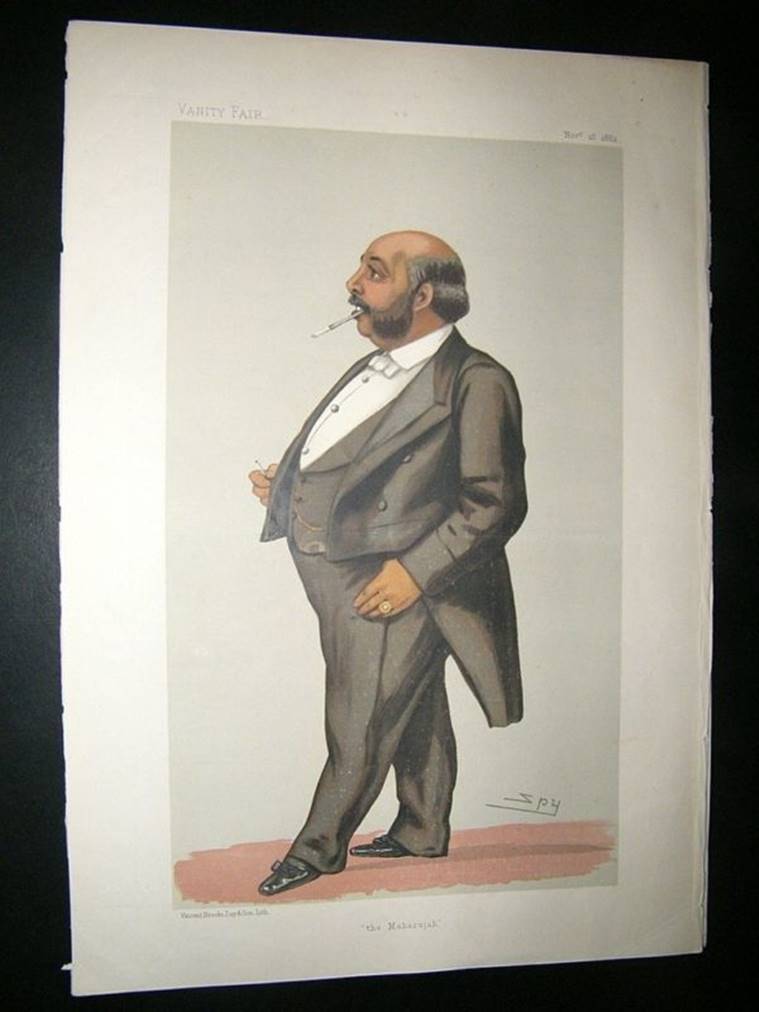Make History Fun Again: Maharaja Ranjit Singh’s European connection
Ranjit Singh decided he needed to beat the British at their own game, and, in a highly unusual step for an Indian ruler of the time, began to modernise his army along the line of European armies. To do this, he actually hired French and Italian mercenaries who had fought for Napoleon until the mighty French General's defeat in 1815.

(This is part of the series Make History Fun Again, where the writers introduce historical facts, events and personalities in a fun way for parents to start a conversation with their kids.)
By Archana Garodia Gupta and Shruti Garodia
How are the Sikh Maharaja Ranjit Singh and the French General Napoleon Bonaparte connected? Why is there a bust of Ranjit Singh in the jet-setting French town of Saint-Tropez? How is a luxury hotel in that city called Pan Dei Palais connected to India?
The Lion of Punjab, the founder of the short-lived yet magnificent Sikh Empire Ranjit Singh was born in 1780 to the leader of one of the powerful Sikh clans called ‘misls’. He became chief at a young age, and guided by his mother and mother-in-law, started unifying the Sikhs under his banner. He crowned himself Maharaja of the Sikhs in 1801, by the age of 21 and proceeded to defeat the other misls and bring all of Punjab (across modern India and Pakistan) under his rule, and then to annexe Kashmir, Ladakh and even parts of Tibet!

Ranjit Singh was a formidable strategist and military leader, despite having lost an eye to small pox as a child. He realised that British military organisation was what was allowing them to inflict defeat after defeat upon Indian rulers in the Company’s inexorable march towards supremacy over India.
Ranjit Singh decided he needed to beat the British at their own game, and, in a highly unusual step for an Indian ruler of the time, began to modernise his army along the line of European armies. To do this, he actually hired French and Italian mercenaries who had fought for Napoleon until the mighty French General’s defeat in 1815. For one, they were out of jobs, and had no love lost for the British either!
Also Read: Mad Money: Curious coins of ancient India
The new Fauj-i-khas (‘special army’) brigade was led by the friends and comrades-in-arms, General Jean-Baptiste Ventura and General Jean-Francois Allard, who were given generous annual salaries of about Rs 30,000 each. They were later joined by Auguste Court and Paolo Avitabile. These generals settled down in Lahore, and adapted to Indian culture, marrying Indian wives, employing court artists and so on.

Jean-Baptiste Ventura was of northern Italian heritage, and fought at the Battle of Waterloo. After Napoleon’s defeat, he first served the Shah of Persia along with Allard before the two headed further east to Punjab. He was highly regarded by Ranjit Singh, who made him kazi and Governor of Lahore! He soon effectively became Commander-in-Chief of the Sikh forces. He was popular at court, and became quite Indianised. He married a local Indian lady, and kept a zenana, which was housed in the tomb of Anarkali, the tragic lost love of the Mughal emperor Jahangir!
Jean-Francois Allard came from southern France, the much feted luxury destination of Saint-Tropez. After proving his worth to Maharaja Ranjit Singh, he was generously rewarded with land and titles, and also offered the hand of young Princess Banoo Pan Dei of Chamba. He loved composing Persian poetry for her! Some years later, he took his beloved wife back to Europe with him, and built her an Indian mansion in Saint-Tropez, scattered with all things Indian. He soon returned to the Punjab, leaving behind Pan Dei and their five children. He would never come back, having died in India of a heart problem. She lived in St Tropez for her remaining 55 years. Their descendants still live there, having converted the Indian palace into a French luxury hotel, where statues of Krishna and Ganesha can still be seen!
The French Auguste Court was hired to modernise the Sikh artillery, while his friend, the Neapolitan Paolo Di Avitabile became the much-feared and respected Governor of Peshawar nicknamed Abu Tabela, known in the region for his brutal justice. They both returned to Europe a few years after the Maharaja’s death with sizeable fortunes.
The Generals did a good job of modernising Ranjit Singh’s army along European lines. Though Punjabi troops relied heavily on cavalry, they now also paid emphasis on well-trained artillery and infantry. The cavalry was based upon the British model, while the infantry was on the French pattern. Sikh engineers were made to skillfully copy British canons, and the Sikh army soon became indistinguishable from the Company’s army, down to the uniforms!
The British, covetous as they were, never, ever tried to fight Ranjit Singh as they believed that he was quite as much of a military genius as Napoleon, their dreaded recent opponent. However, as soon as Ranjit Singh died in 1839 of illness, the British started snapping at the heels of the Sikh Empire (helped by constant infighting, of course!).

The Company inflicted a decisive and final defeat in 1849, after which 10-year-old Maharaja Duleep Singh became a pensioner of the British, and was exiled to London for the rest of his life, where, strangely enough, he became a favourite of Queen Victoria’s! A special acquisition for the British was the Koh-i-Noor diamond, which as we all know very well, still adorns the British crown today.
(For more fun journeys through India’s history, check out the recently released two-volume set, The History of India for Children Vol. 1 and Vol. 2, published by Hachette India. Follow on twitter @shrutigarodia_)
Source: Read Full Article


